This phenomenon causes objects to expand faster than the speed of light, but it is a trick of cosmic geometry.
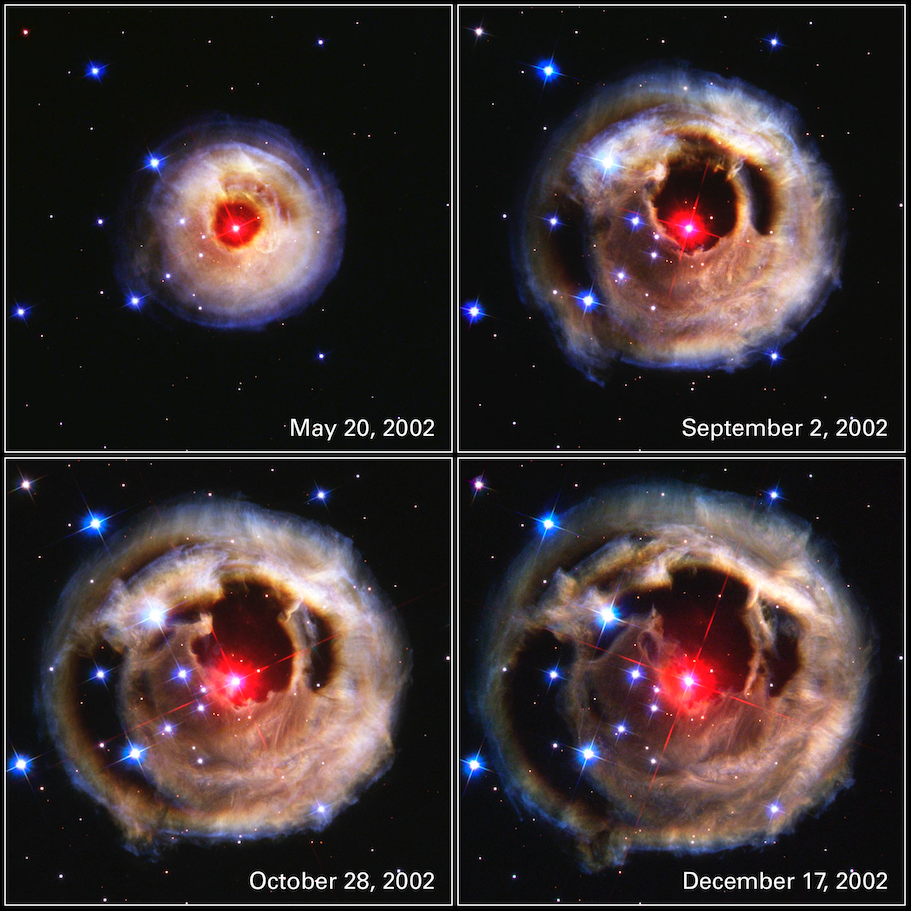
This sequence of Hubble Space Telescope images, taken between May and December 2002, shows an echo of light moving outward through the V838 Monocerotis star system. Although the dust surrounding the star appears to grow by several light-years between the first and last images, this faster-than-light growth is an illusion. Credit: NASA, ESA, and H. E. Bond (STScI)
In the Hubble images of V838 Monocerotis taken just a few months apart, the dust ring around the star grows by several light-years over that time, a so-called “light echo.” How can something grow 5 light-years in five months?
Ronald Van Atta
Ann Arbor, Michigan
Congratulations on observing an effect called superluminal expansion, a phenomenon we see in a light echo. The echo appears to be expanding at many times the speed of light, apparently violating the fundamental speed limit in the universe.
A light echo occurs when a star experiences an eruption or an object explodes in a region surrounded by interstellar dust. The light from the eruption travels directly to Earth, so it's what we see first. But the light also travels sideways, reflecting off dust and then heading back to us. Because of the extra distance traveled, the reflected light reaches Earth later, like a yodeler's voice echoing off the surrounding mountains.
Consider the image of the light echo from the erupting star V838 Monocerotis taken by Hubble in October 2002, about 230 days after the light from the explosion peaked in March of that year. However, the light echo at that time appears to have a radius of about 3 light-years. How could the light from the explosion travel 3 light-years in less than a year?
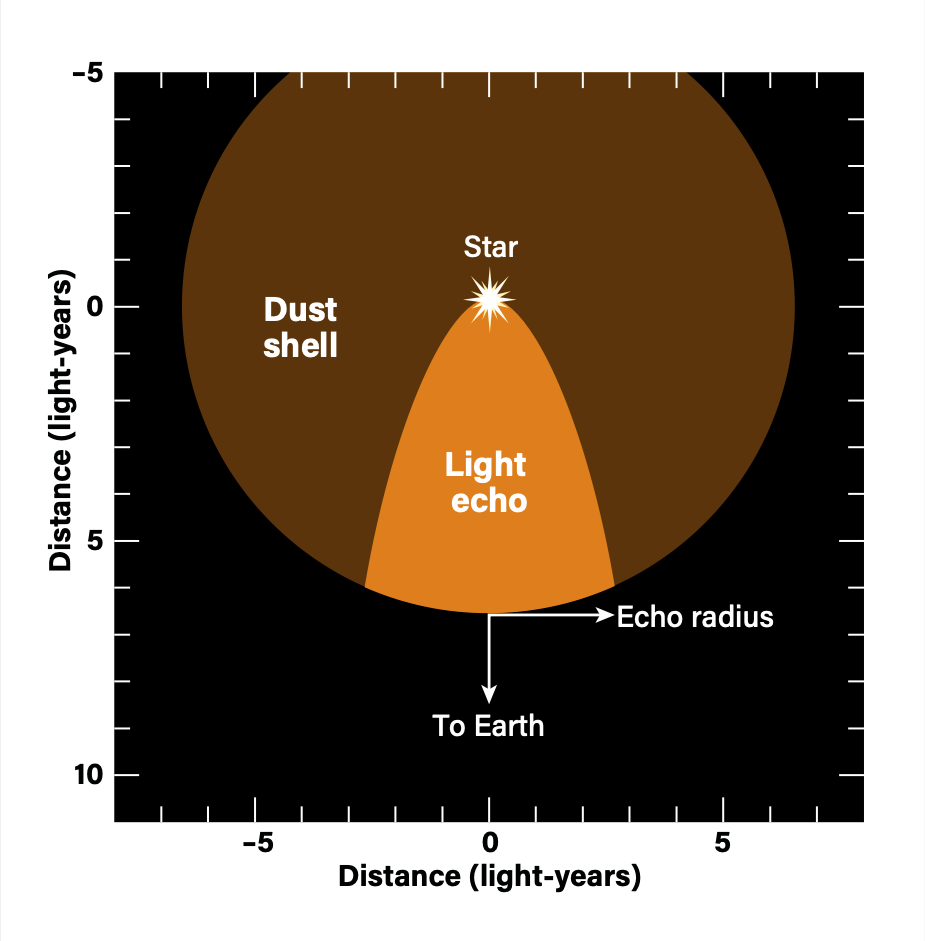
The answer lies in the geometry of a light echo, illustrated in the diagram above. Here we see V838 Mon at the center, surrounded by a shell of interstellar dust that extends out to a radius of about 6 or 7 light-years. At any moment, the light echo lies above a paraboloid surface. This surface marks the place in space where the additional travel time for light to bounce off the dust and reach Earth is 230 days. The illuminated dust that appears to be 3 light-years away from V838 Mon is actually nearly 6 light-years away. in front of The star. It's almost as if we're staring into a long tunnel of dust, with the star almost at the end of the tunnel. The speed of light has not been violated!
As time passes, the paraboloid opens up and spreads outward toward the background. In this way, each Hubble observation sampled a different region in the surrounding dust as the illumination passed through it. It's an astrophysical CT scan!
Howard E. Bond
Professor of Practice, Department of Astronomy and Astrophysics, Pennsylvania State University, and Astronomer Emeritus, Space Telescope Science Institute, University Park, Pennsylvania







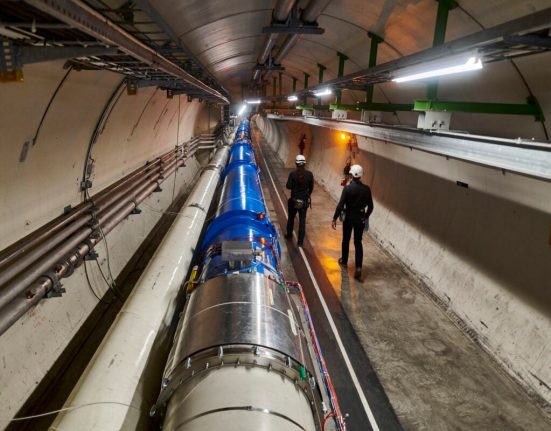
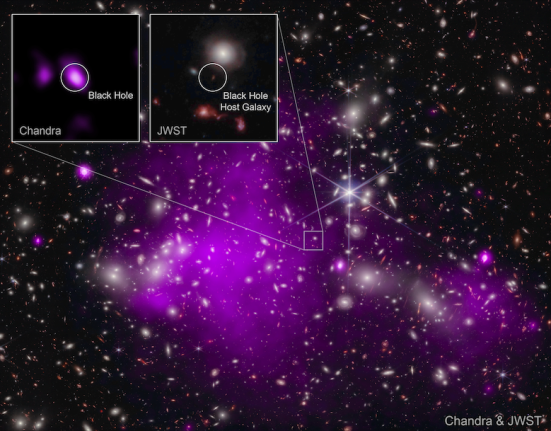
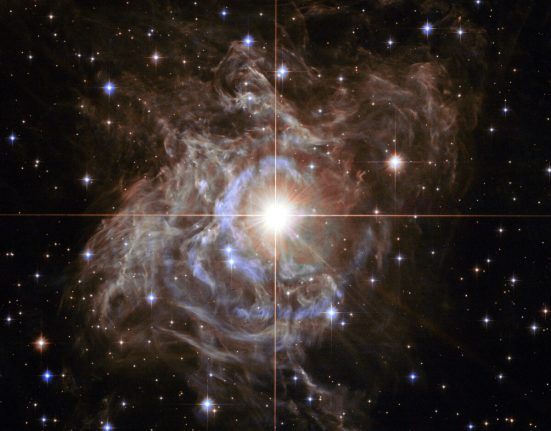
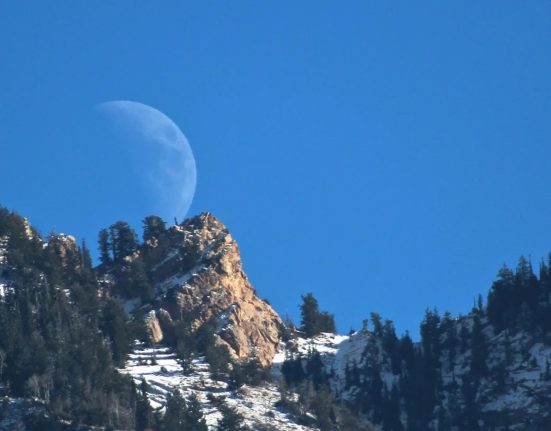
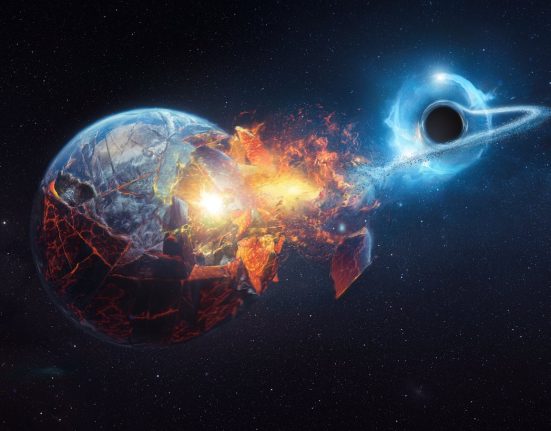

Leave feedback about this